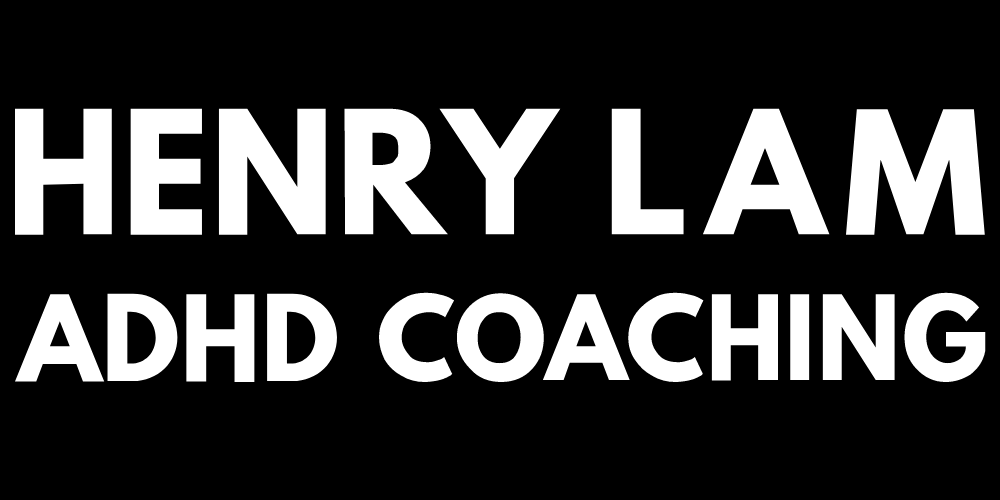ADHD in STEM: Navigating Challenges and Embracing Unique Abilities
By Henry Lam, ADHD Coach
The presence of ADHD within the STEM (Science, Technology, Engineering, and Mathematics) fields is a topic that is both under-discussed and highly significant. Individuals with ADHD often face challenges that can make the rigorous demands of STEM careers seem daunting. However, the very traits that make these fields challenging can also provide unique strengths that are incredibly valuable in STEM professions.
Understanding the Challenges:
Attention to Detail: STEM fields often require a meticulous level of detail, which can be challenging for those with ADHD due to difficulties with sustained attention.
Systematic Organization: The structured and organized nature required in STEM can clash with the typically disorganized tendencies of an ADHD mind.
Leveraging ADHD Strengths in STEM:
Innovative Thinking: ADHD often fosters a type of creative and nonlinear thinking that can lead to innovative solutions and breakthroughs in complex STEM problems.
Resilience and Persistence: The daily challenges faced by individuals with ADHD can build resilience and a unique persistence that is beneficial when tackling difficult STEM projects or long-term research.
Strategies for Success:
Structured Routines and Supports: Using structured routines and leveraging organizational tools can help mitigate some of the executive function challenges associated with ADHD. ADDitude Magazine offers various strategies for managing ADHD in professional settings.
Work Environments: Tailoring the work environment to minimize distractions can enhance focus. This might include a quiet workspace or using noise-cancelling headphones.
Peer Support and Mentorship: Engaging with mentors who understand the strengths and challenges of ADHD can provide guidance and strategies that are tailored to unique needs. Mentorship programs often facilitate connections that foster professional growth.
Career Opportunities:
Career Choices: Some STEM fields might naturally align better with ADHD traits. For instance, roles that offer variety and frequent changes in tasks can be more engaging and fulfilling.
Embracing Neurodiversity in STEM: Increasingly, companies and institutions within STEM are recognizing the value of neurodiversity and are more willing to implement accommodations that enable individuals with ADHD to thrive. Initiatives like Microsoft’s Neurodiversity Hiring Program illustrate how businesses are adapting.
For comprehensive support and resources on managing ADHD in professional environments, particularly in STEM, visit Coach Henry Lam’s global ADHD resources list.

